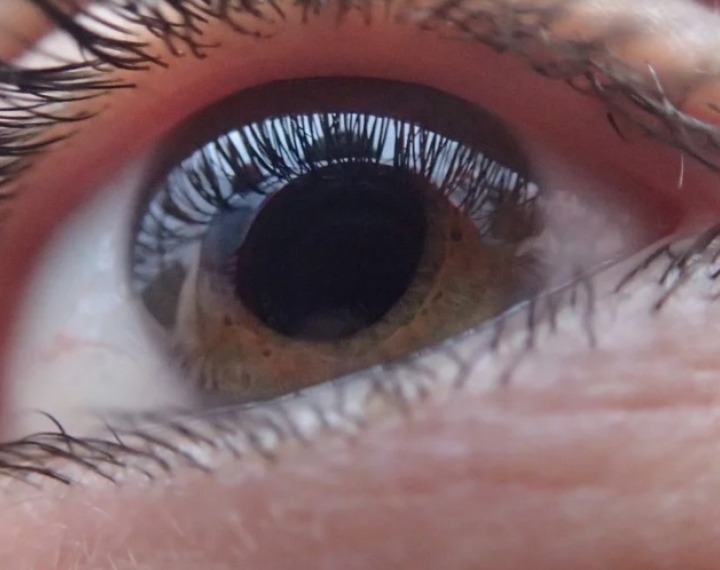Glaucoma Awareness: Keeping Your Eyes Healthy
 January is Glaucoma Awareness Month and your eyes are an important part of good senior health and an independent lifestyle. Senior health is all about awareness and prevention, and in no case is this more true than with glaucoma.
January is Glaucoma Awareness Month and your eyes are an important part of good senior health and an independent lifestyle. Senior health is all about awareness and prevention, and in no case is this more true than with glaucoma.
Why is glaucoma awareness such an important senior health issue?
Currently, 2.7 million people in the United States over age 40 have glaucoma (and over 60 million people worldwide). The National Eye Institute projects this number will reach 4.2 million by 2030, a 58 percent increase. Glaucoma is called “the sneak thief of sight” since there are no symptoms and once vision is lost, it’s permanent. As much as 40% of vision can be lost without a person noticing. Glaucoma is the leading cause of preventable blindness. Experts estimate that half of the people with the disease don’t know they have it.
With our aging population both in the U.S. and many countries worldwide, there is an epidemic of blindness looming if we don’t raise awareness about the importance of regular eye examinations in prevention and preserving vision. As seniors seek to stay healthy and live an independent lifestyle, sight is a valuable sense to be nurtured.
What is Glaucoma?
Glaucoma is a group of eye diseases that gradually steal sight without warning. The most common forms primarily affect the middle-aged and the elderly. Vision loss is caused by damage to the optic nerve. This nerve acts like an electric cable with over a million wires. It is responsible for carrying images from the eye to the brain.
There is no cure for glaucoma at the moment. However, medication or surgery can slow or prevent further vision loss, so early detection is key. The appropriate treatment depends upon the type of glaucoma and other factors.
There are two main types of glaucoma: primary open-angle glaucoma (POAG), and angle-closure glaucoma. These are marked by an increase of intraocular pressure (IOP), or pressure inside the eye. When optic nerve damage has occurred despite a normal IOP, this is called normal tension glaucoma. Secondary glaucoma refers to any case in which another disease causes or contributes to increased eye pressure, resulting in optic nerve damage and vision loss.
Glaucoma Risk Factors:
Those at higher risk include people of African, Asian, and Hispanic descent. Other high-risk groups include: people over 60, those with a family history, diabetics, and people who are severely nearsighted. Regular eye exams are especially important for those at higher risk for glaucoma, and may help to prevent unnecessary vision loss.
What can you do to maintain good vision and senior health?
Get regular eye exams. Medicare covers glaucoma tests as part of its comprehensive preventative care coverage. An eye exam is recommended at least every 1-2 years for people with high risk (after age 65, every 6 months to 1 year). Go ahead and schedule your eye exam for the year now and kick off a healthy 2020!
If you are diagnosed with glaucoma, there are great treatment options. The best treatment option, from medication to surgery, depends on your specific situation and type of glaucoma. Our senior care team can help you navigate your options and find quality senior health care providers, provide transportation and companionship to appointments/treatments and provide after-care as well as routine low-vision/at-home support.




